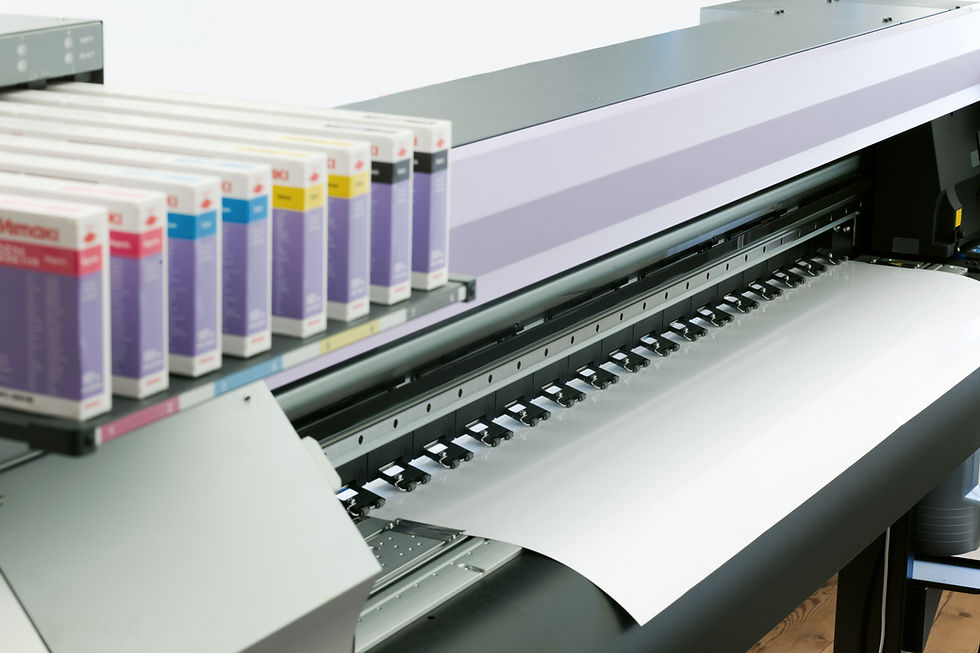How Does Buy To Let Work and How To Get a Buy-To-Let Mortgage
- Maurice Sardison

- Nov 1, 2021
- 3 min read
Buy to let is when a property is bought specifically for the purposes of renting it out.
When you buy to let you purchase the property and then act as the landlord, letting it out and charging rental payments. In order to make a profit, these payments should be higher than the cost of maintenance, letting agent fees (if applicable) and the monthly mortgage repayments.
You’ll still need to pay the deposit, mortgage fees and Stamp Duty when you purchase a buy to let property. If you already own a property, you will pay a higher rate of Stamp Duty. You may also need to pay for renovation and improvements before you rent the property out for the first time.
You’ll need to pay income tax on your rental income. Like any self-employment, allowable expenses are deducted from your taxable allowance. Expenses include maintenance, insurance, letting agent fees and any utility bills you pay for the property.
For many, the idea of buying a property as an investment feels safer than investing in stocks or shares, and it also allows a level of involvement. You can be a hands-on landlord or let an agency take care of your tenants, but many feel more comfortable investing in property at a variety of pricing levels.
What is a buy to let mortgage?
A buy to let mortgage is simply a mortgage especially for a buy to let property. If you plan on renting out your property you must have a buy to let mortgage. It’s similar to an ordinary mortgage in that you borrow a large sum of money for a set period of time, but, because you won’t be living in the property, there are some important differences.
How Buy To Let mortgages work
The first difference is that the vast majority of buy to let mortgages are interest only – so your monthly payments will only pay off the interest on the loan and you don’t pay off the full sum (the capital) right away. This means that the monthly payments will be less, but you must be prepared to either pay off the loan in full, sell the house or remortgage at the end of the mortgage term. This means that you can buy the house and make money on the rent for the payment term (for example, 25 years) and then pay off the mortgage by selling the house at the end.
Repayment mortgages (where the capital and the interest are paid back in monthly instalments) are uncommon for buy to let properties. You’d have to charge more rent to cover the increased monthly price. However that means that at the end of the mortgage term you could either carry on letting it out and keep all of the rent yourself, or sell the house and keep the money, instead of having to use it to pay off a mortgage.
Another key difference between a residential and buy to let mortgage is that the amount you can apply for depends on the rent you’re planning on charging – not your salary. So if the property is large or ideally located, you’ll be able to charge more rent and so can get a larger mortgage.
The third difference is the deposit. Buy to let mortgages are considered much riskier than residential ones so lenders will often require a larger deposit, often at least 25%. Just like ordinary mortgages, the bigger the deposit the better the deal you’ll be offered, so you should put down as big a deposit as you can.
Many lenders want the predicted rental income to be 125% of the landlord’s mortgage payments. So, for example, if the landlord will receive a rental income of £750 per month, an ideal mortgage repayment amount would be £600 per month. However, some lenders may want a higher ICR – sometimes as high as 145%.
Before any agreement is signed the lender will need to be confident that you’ll actually be able to get the rental income you’ve predicted. They often do this by looking at the price of similar properties in the area.
By using our Free Buy-To-Let Mortgage Calculator, you will be able to type in the loan amount and the term your want to pay the loan off over, and get an instant idea of the monthly repayments. Our How To Video will also show you how to do this here.
Explore Your Finance Options Here.
Visit our website for more news and product information, or click the button below to submit a short enquiry form for your finance needs.






Comments